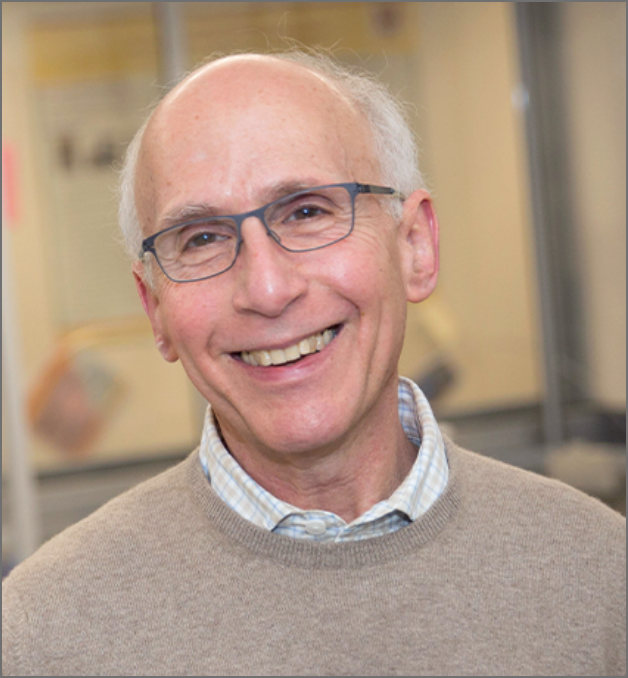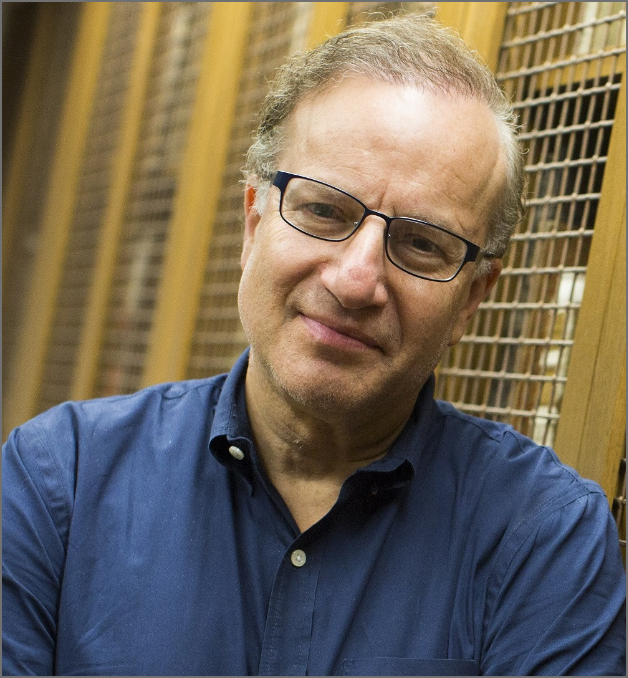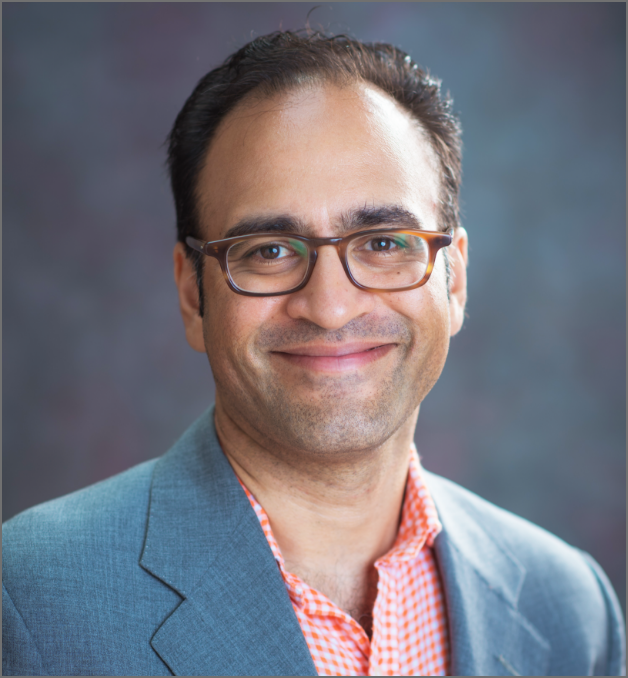While many people are living longer than ever before, they’re also at greater risk of developing chronic, incurable age-related diseases of the central nervous system, such as Parkinson’s and Alzheimer’s, as well as what’s referred to as “normal” cognitive decline. In the U.S. alone, more than 10 million individuals experience at least one of these conditions.
Over the past few years, there has been encouraging progress in understanding the biology of aging. Several labs at Harvard—including those of Lee Rubin, co-leader of the Nervous System Diseases Program at the Harvard Stem Cell Institute (HSCI) and a professor in the Department of Stem Cell and Regenerative Biology (HSCRB); Richard Lee, professor in HSCRB and a professor of medicine at Harvard Medical School (HMS); and Amy Wagers, co-chair of HSCRB and the Forst Family Professor in HSCRB—were among the first in the world to establish how certain blood factors can influence aging. Their research supports the idea that it may be possible in the not-so-distant future to formulate novel strategies for reducing the devastating consequences of brain aging and its connection to prevalent neurodegenerative diseases.
An early philanthropic supporter of this groundbreaking work at Harvard, Michael Vranos AB ’83 and the Vranos Family Foundation are building on the momentum of these discoveries. A gift from the foundation will enable Harvard researchers to combine the most advanced experimental methods with a dedicated computational effort to pursue approaches that can potentially halt the functional decline associated with aging.
“The Vranos Family Foundation is proud to support researchers from the Faculty of Arts and Sciences and Harvard Medical School in their work to challenge the impacts of brain aging,” says Vranos. “Tackling life-altering neurodegenerative diseases that result from brain aging is critical, and we are pleased to fund science that we believe will lead to actionable therapeutic approaches in the future. We are honored to play a small role in helping advance this research, which aligns with our mission of backing initiatives with a focus on health care, education, human services, children’s services, and international relief.”
“Tackling life-altering neurodegenerative diseases that result from brain aging is critical. We are honored to play a small role in helping advance this research.”
The gift will provide support for investigators across the Faculty of Arts and Sciences (FAS) and HMS, including Lee Rubin; Paola Arlotta, Golub Family Professor and co-chair of HSCRB and a principal faculty member at HSCI; Randy Buckner, Sosland Family Professor of Psychology and of Neuroscience; Isaac Kohane, Marion V. Nelson Professor and chair of the Department of Biomedical Informatics at HMS; and Chirag Patel, associate professor of biomedical informatics at HMS.
Through laboratory experiments and computational analyses, the project will seek to answer several important questions, such as whether it’s possible to have a more unified understanding of aging reversal that can lead to potent methods of improving brain function.
It will also focus on the different pathways of aging among individuals, looking at how potential determinants, such as ancestry and ethnicity, might affect a person’s risk of having an age-related disease.
Additionally, it will aim to formulate therapeutics that can shift the “transcriptional state” of brain cells—the conversion of DNA to RNA to prompt gene activity—to improve the function of the aging brain and reduce the impact of degenerative disorders.
“We expect that this work will produce not only excellent science but clear, actionable, therapeutic approaches that can advance to the clinic,” says Rubin, director of the project. “Our ultimate goal is to combine this research with the work of other Harvard colleagues who investigate health economics, health policy, and societal disparities in aging with a view toward having a strong positive impact on our aging society.”






